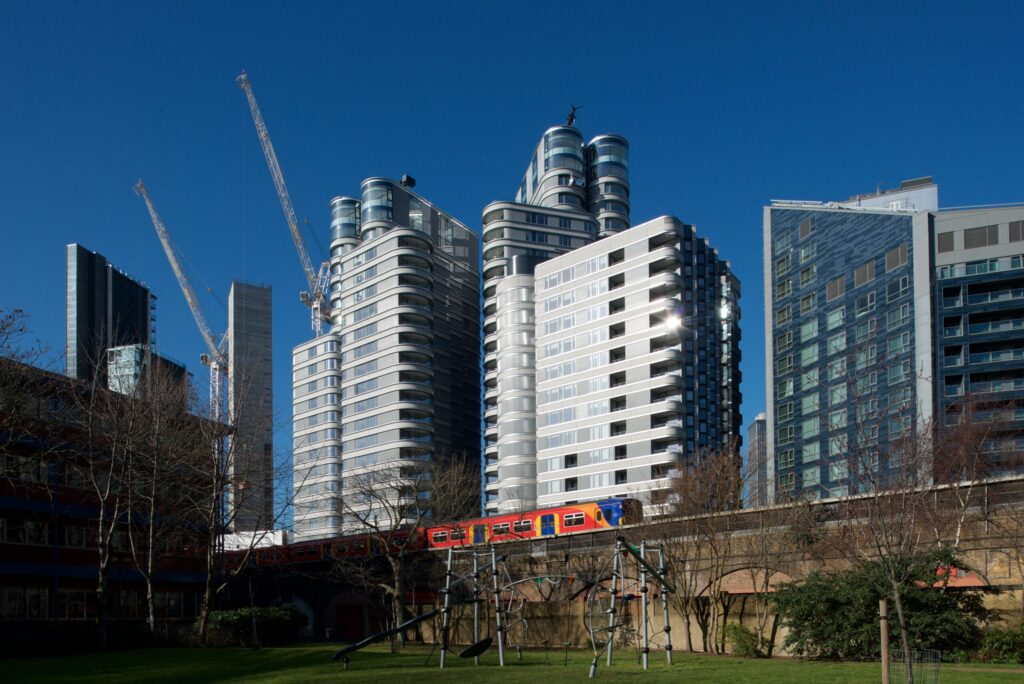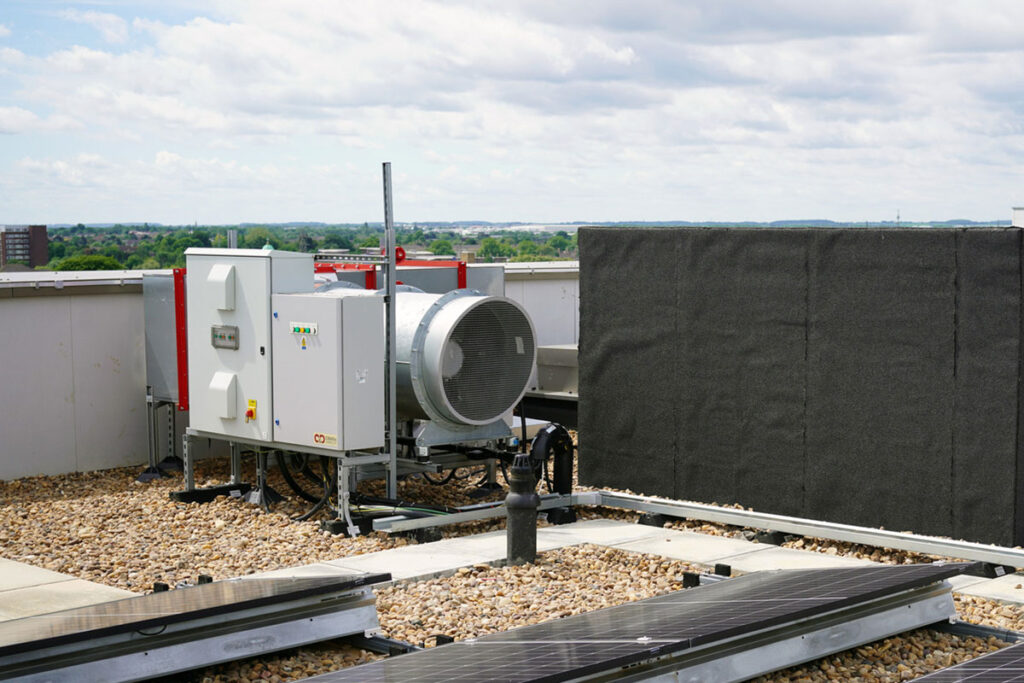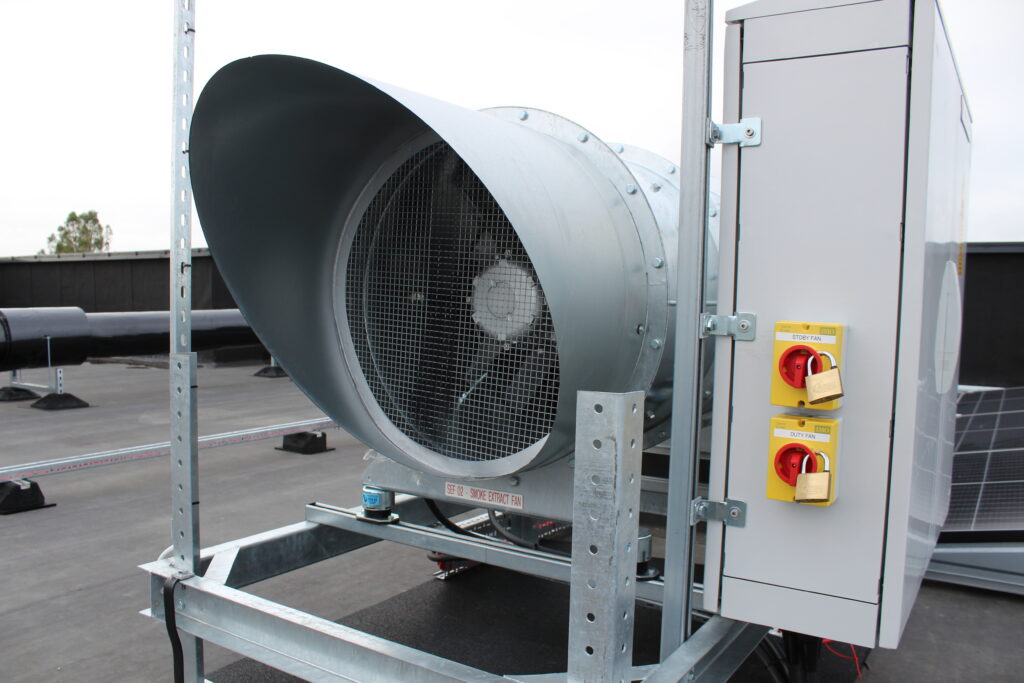In a regulatory landscape shaped by high-rise developments, mixed-use buildings, and heightened public scrutiny following tragedies like the Grenfell Tower fire, navigating fire safety standards is more critical than ever.
For developers, architects, and contractors, understanding how BS 9991, BS 7974, and EN 12101-8 intersect is key to designing buildings that are compliant and safe.
This guide from FDS Contracting demystifies these core British fire safety standards, outlining their scope, key updates, and how they apply in real-world projects, aligning with the latest regulatory changes following the Grenfell Tower tragedy.
Why These Standards Matter
Together, BS 9991, BS 7974 and EN 12101-8 form the backbone of modern fire strategy development:
- BS 9991: Fire safety in residential buildings
- BS 7974: Framework for engineered (performance-based) fire design
- EN 12101-8: Specification for smoke control dampers
They are referenced throughout fire strategy reports, design approvals, and compliance submissions to Building Control. Mastery of these standards is essential for mitigating risk and avoiding costly delays.
BS 9991: Fire Safety in the Design of Residential Buildings
What It Covers:
Applies to residential buildings, including flats, maisonettes, houses, and specialised housing like residential care homes, up to a height of 100m. Provides guidance on compartmentation, smoke control, detection, and evacuation. Considers the unique challenges of residential layouts and occupant vulnerability.Recent Updates:
Requires mandatory sprinkler protection in all new residential buildings over 11m in height. Recommends at least two staircases for residential buildings taller than 18m. Reflects lessons from the Grenfell tragedy and incorporates findings from Dame Judith Hackitt’s report.Relevance:
Forms the prescriptive baseline for most residential developments. Clearly delineates design expectations based on building height and risk profile. Often used in conjunction with BS 7974 for alternative or complex solutions.BS 7974: Performance-Based Fire Safety Engineering
What It Covers:
A risk-based framework for engineered fire safety solutions. Allows for innovation beyond prescriptive rules. Involves:- Computational fire modelling (e.g., CFD).
- Human evacuation analysis.
- Smoke control performance validation.
Relevance:
Essential for non-standard or complex buildings such as atriums, deep plan layouts, mixed-use, timber high-rises, or structures beyond 100m. Requires a competent, accredited fire engineer and supporting technical reports. Often necessary when BS 9991 or Approved Document B solutions are insufficient.EN 12101-8: Smoke Control Dampers
What It Covers:
Defines performance criteria for smoke control dampers. Includes:- Fire resistance (integrity and insulation).
- Leakage classification (smoke tightness).
- Mechanical strength and reliability.
Recent Updates
Now requires UKCA marking (or CE marking) post-Brexit for UK use. Explicitly mandated by BS 9991:2024 for smoke shafts and mechanical smoke ventilation systems.Relevance
Critical for compliance in mechanical smoke ventilation systems. Must be integrated and tested as part of the complete system. Supports traceable certification for product assurance, aligning with Hackitt’s recommendations.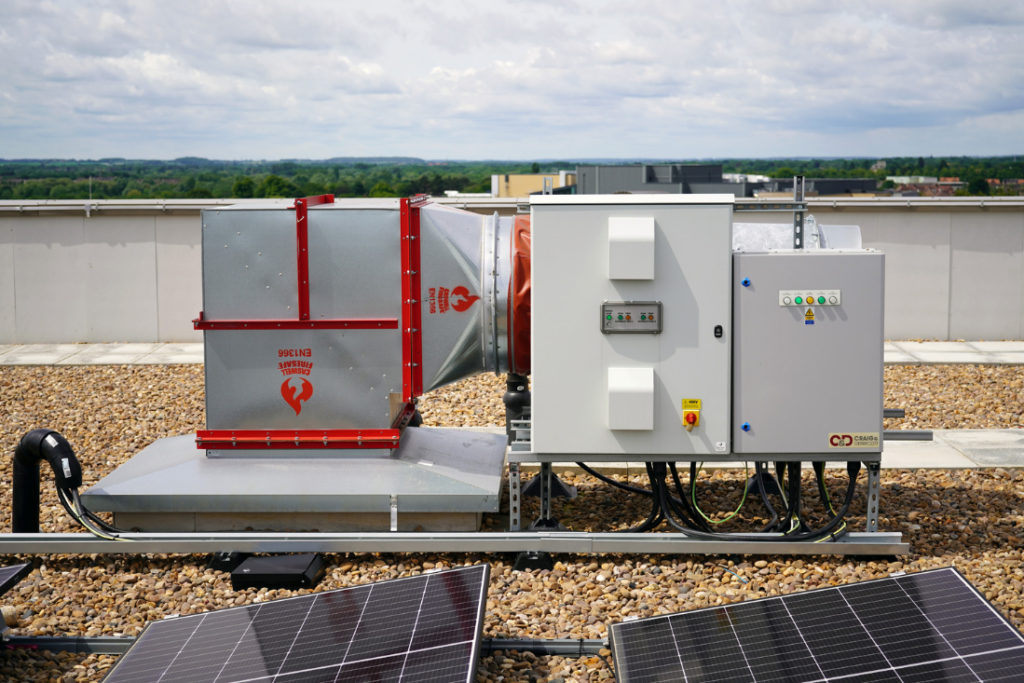
The Hackitt Report’s Influence
Following Grenfell, Dame Judith Hackitt’s review called for:
- A move away from tick-box compliance.
- Greater competency and accountability.
- Adoption of the golden thread principles for fire safety information management.
These standards directly reflect that shift:
- BS 7974 demands competence-based engineering and thorough peer reviews.
- BS 9991 clarifies design routes, introduces clear risk hierarchies, and prescribes enhanced measures based on building risk profiles.
- EN 12101-8 ensures that smoke control components are tested, certified, and traceable.
Regulatory Updates Post-Grenfell:
- Building Safety Act 2022 established the Building Safety Regulator, mandating a digital ‘golden thread’ of fire safety documentation for high-risk buildings.
- Approved Document B updates (2020/2023) lowered the sprinkler threshold to 11m and strongly recommend two staircases in buildings over 18m.
Real-World Application:
How They Work Together
| Standard | Role in Project Lifecycle | Who Uses It |
|---|---|---|
| BS 9991 | Prescriptive design guidance | Architects, M&E Consultants |
| BS 7974 | Performance-based design | Fire Engineers, CFD Specialists |
| EN 12101-8 | Product/system specification | Contractors, Product Suppliers |
For example, a residential tower might use BS 9991 for initial layout compliance, BS 7974 for engineered validation of smoke control solutions, and EN 12101-8 for specifying compliant smoke dampers in mechanical systems. (Note: Current regulations prefer two staircases for buildings over 18m; single-stair designs require rigorous engineering justification.)
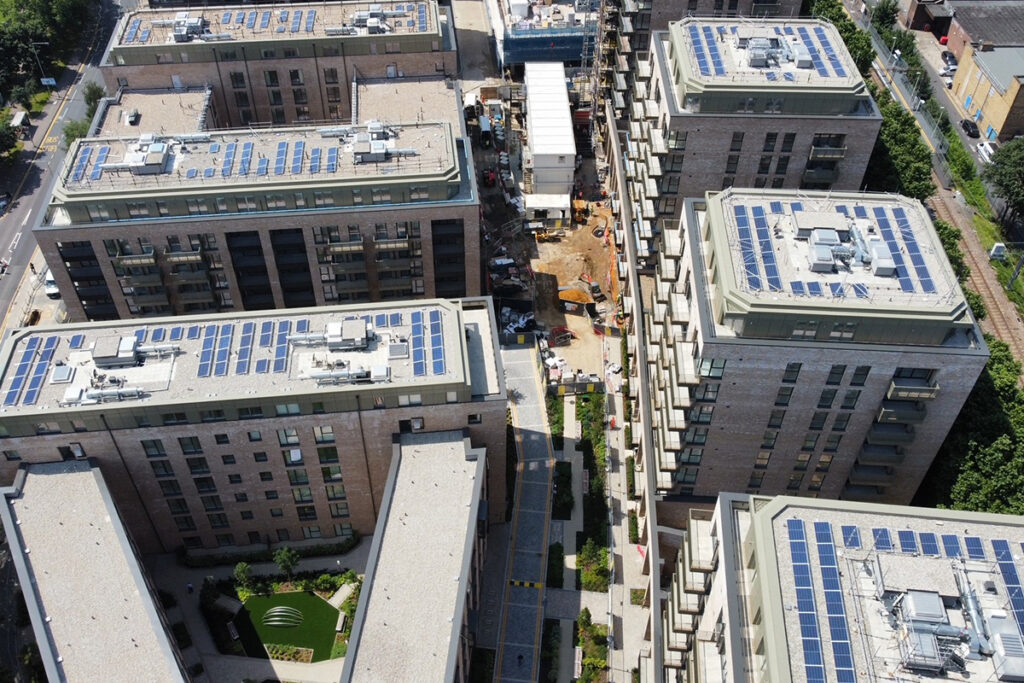
How FDS Contracting
Supports Compliance
We closely collaborate with project teams to:
- Develop hybrid fire strategies aligned with BS 9991 and BS 7974.
- Design and validate mechanical smoke ventilation systems using detailed CFD modelling.
- Specify, supply, and install EN 12101-8 compliant smoke control components.
Liaise with authorities for efficient approvals and smoother sign-off.
By integrating all three standards from concept through commissioning, we help clients build safer, smarter, and fully compliant developments.
Navigating fire safety standards now requires risk-led thinking, proven engineering competence, and rigorous product assurance. At FDS Contracting, we bring unmatched expertise in applying BS 9991, BS 7974, and EN 12101-8, delivering fire safety solutions that exceed compliance—they perform.
Explore more resources, or if you’re ready to talk? Contact our fire engineering team today.
